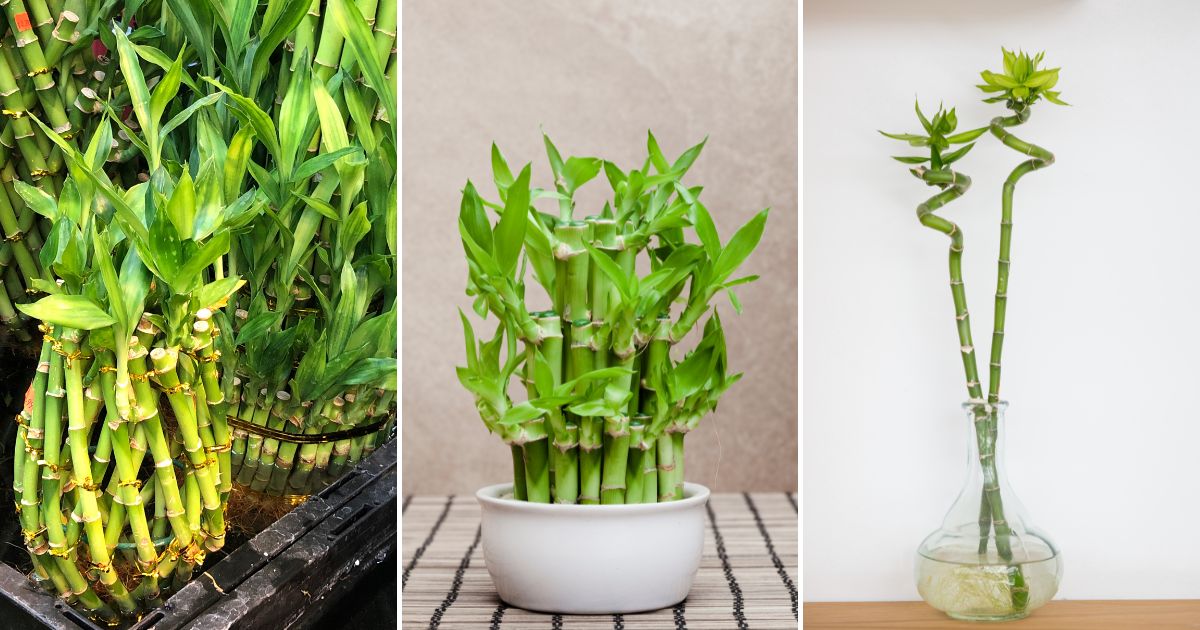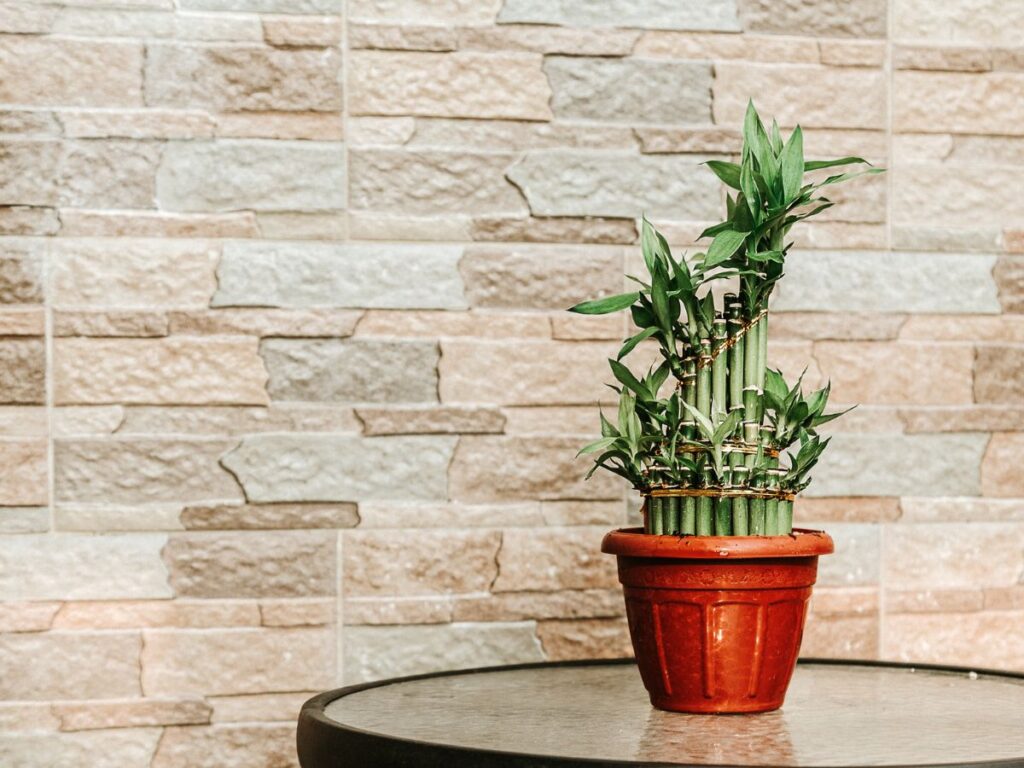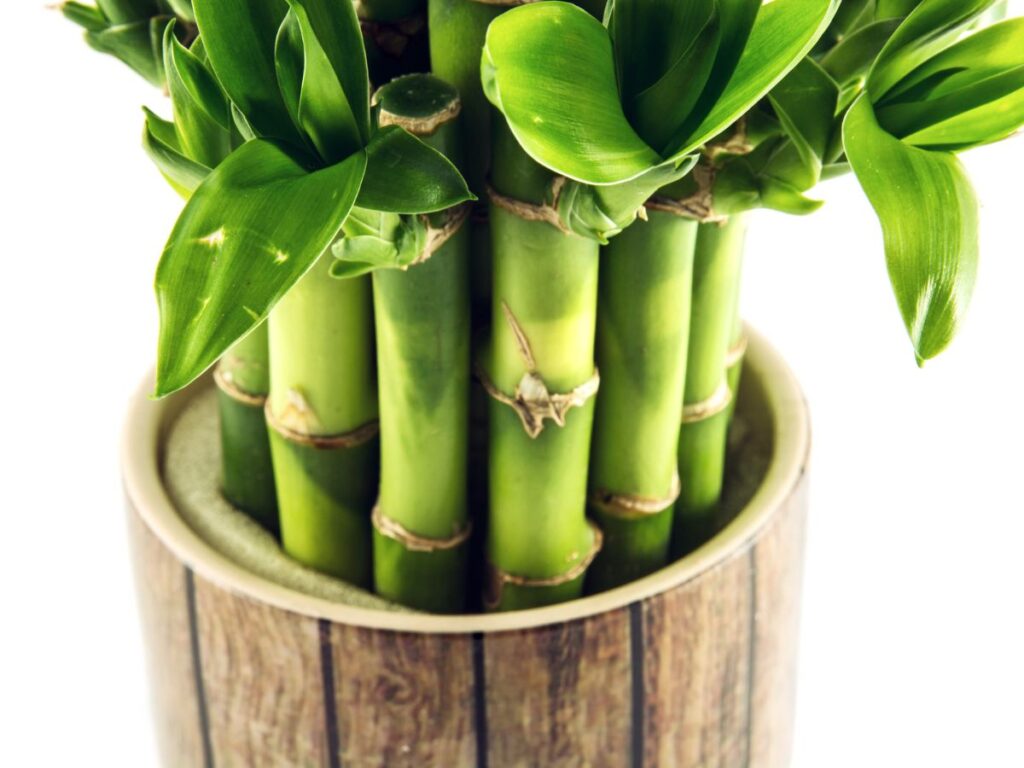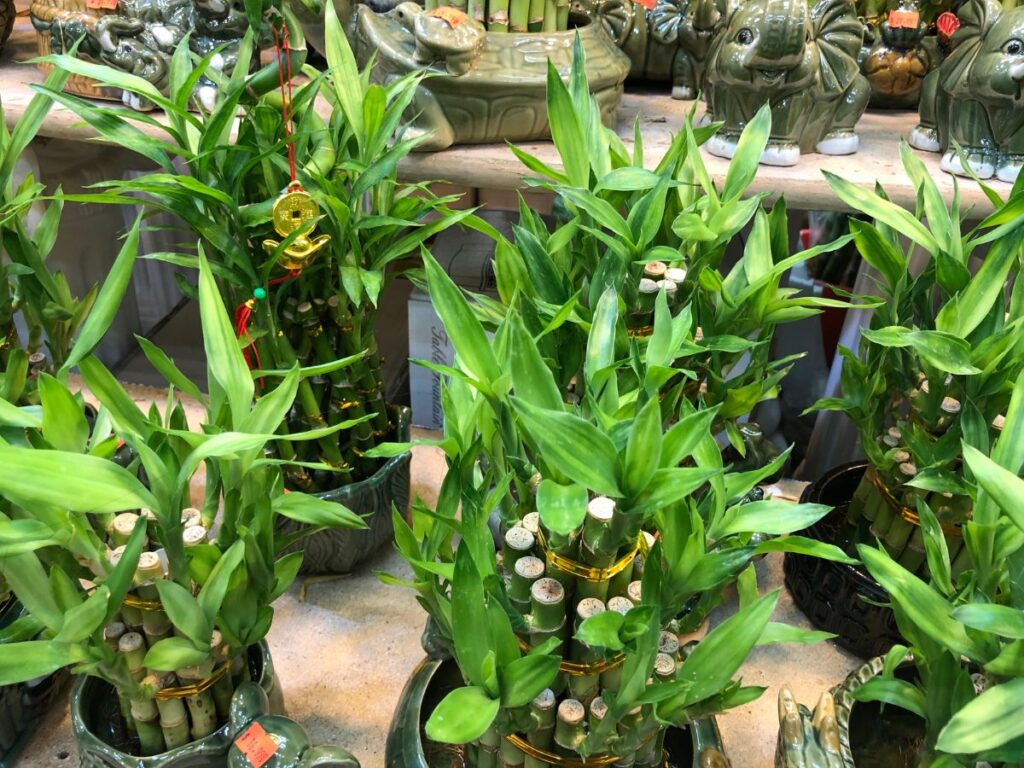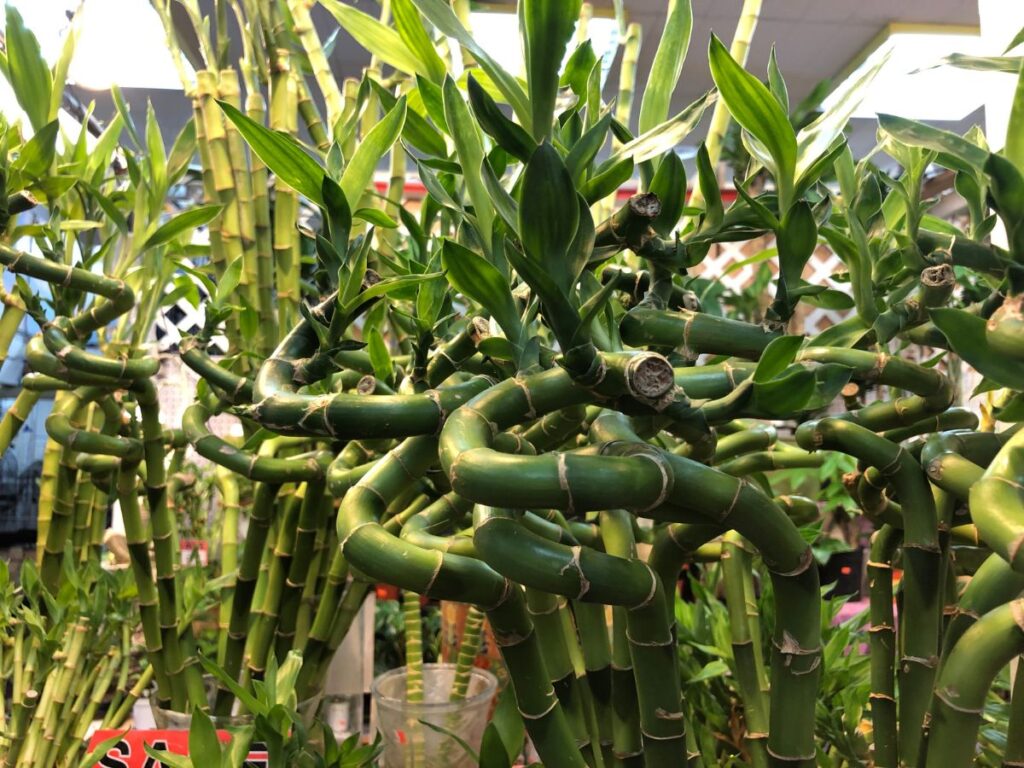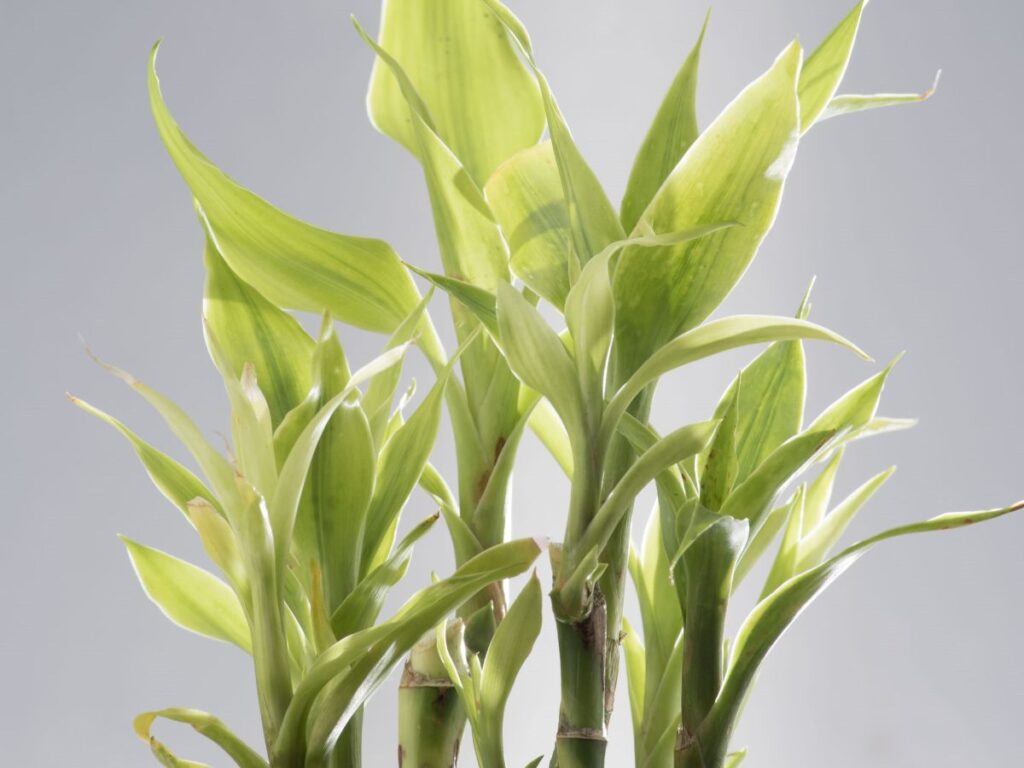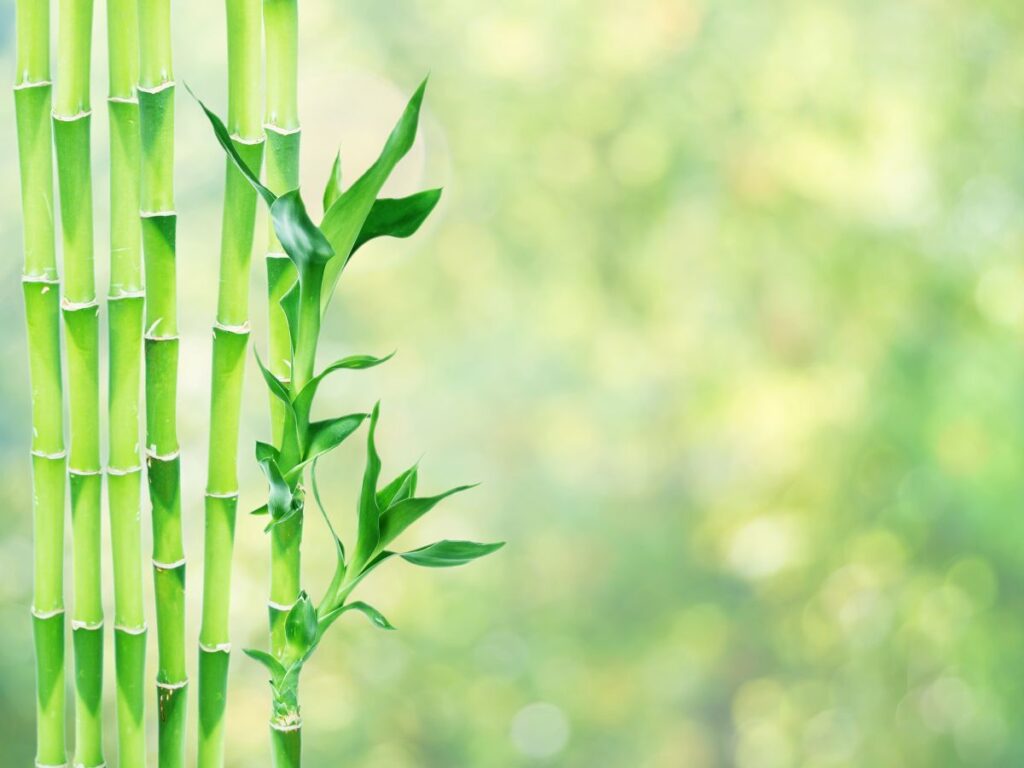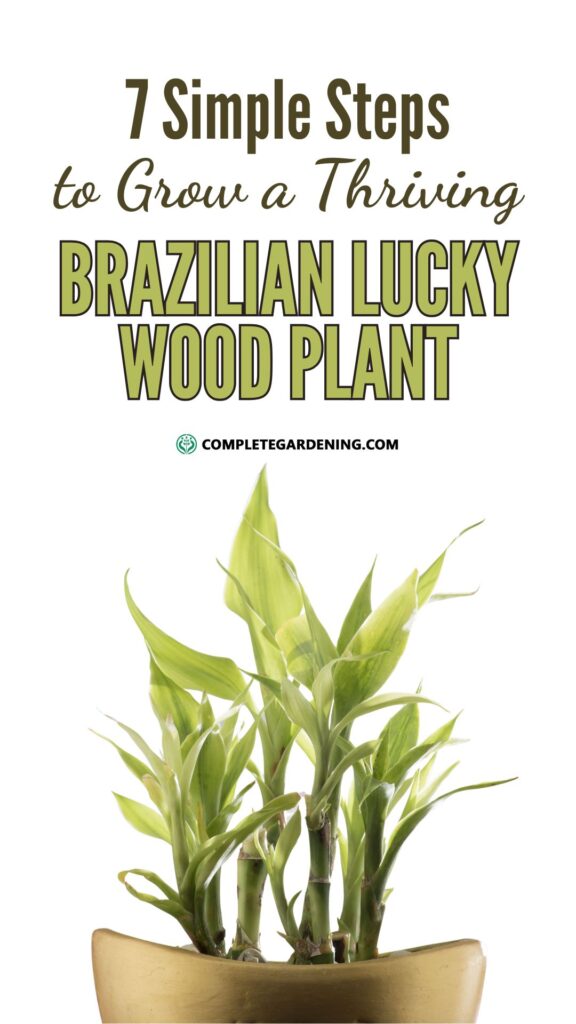There’s a certain magic to indoor plants—they bring life into your home, create a refreshing ambiance, and even improve air quality.
But few indoor plants have quite the charm of the Brazilian Lucky Wood, known for its unique growth, stunning green leaves, and cultural associations with prosperity and luck.
This plant, also called “Pau d’Água” or “Brazilian Rain Tree,” makes a lovely addition to any space. If you’re ready to dive into plant care and grow a thriving Brazilian Lucky Wood, this guide covers seven essential steps to help you get started.
Step 1: Choose the Right Location
Location is the first key to growing a flourishing Brazilian Lucky Wood plant. This plant loves indirect sunlight, so avoid placing it in direct sun, which can scorch the leaves and slow its growth.
Instead, look for a spot where it receives soft, filtered light throughout the day. Near a north-facing window or a room with moderate lighting is often ideal.
If your space is on the darker side, don’t worry—this plant can tolerate low-light conditions as long as it has consistent care.
Just remember that growth might be slower in such conditions, and the leaves may not be as vibrant. Move it to brighter areas from time to time, or use a gentle grow light if natural light isn’t an option.
Step 2: Pick the Perfect Pot and Soil Mix
While the Brazilian Lucky Wood isn’t overly picky about soil, giving it a well-draining mix is essential for preventing root rot.
The best soil is one that balances moisture retention with drainage, so look for a blend of potting soil, perlite, and peat moss or coconut coir.
This combination provides both the nutrients and drainage needed to keep your plant’s roots healthy.
When it comes to the pot, choose one with drainage holes to allow excess water to escape. A ceramic or terracotta pot works beautifully, as it’s breathable and helps regulate moisture levels.
The Brazilian Lucky Wood is slow-growing, so it won’t need frequent repotting, but you’ll want to give it a larger pot every few years to ensure it has room to stretch.
Step 3: Water Consistently but Carefully
The Brazilian Lucky Wood plant enjoys moderate watering, and it’s essential to strike a balance to avoid under or over-watering. Aim to water when the top inch of the soil feels dry to the touch.
During warmer months, this may be once a week, but always adjust based on the season and humidity in your home.
Overwatering can lead to root rot, a common issue with indoor plants, so always ensure excess water drains away.
If you tend to forget watering schedules, try using a moisture meter to keep track. As a general rule, reduce watering during winter when the plant’s growth slows.
Step 4: Create the Right Humidity Level
Hailing from the tropical climates of Brazil, the Brazilian Lucky Wood plant loves humidity.
While it can adapt to typical indoor humidity levels, giving it a bit of extra moisture in the air will help it truly thrive. Aim for a humidity level around 60-70%, but don’t fret if you can’t measure it exactly.
If your home has drier air, especially during the winter, you can easily raise the humidity around the plant with a few simple tricks:
Misting: Lightly mist the leaves a few times a week.
Pebble Tray: Place the pot on a tray filled with water and pebbles to create a humid microenvironment as the water evaporates.
Humidifier: For plant lovers, a small humidifier is a worthwhile investment to keep plants thriving and leaves looking lush.
Step 5: Fertilize Seasonally for Growth
Fertilizer is the secret to bringing out the best in your Brazilian Lucky Wood plant. While it doesn’t need much, feeding it every two to three months during spring and summer can significantly enhance its growth and leaf color.
Choose a balanced, water-soluble fertilizer—dilute it to half strength to avoid over-fertilizing, which can damage the plant’s roots.
During fall and winter, the plant naturally goes into a rest period, so skip the fertilizer during these cooler months.
Over-fertilizing during the dormant period can lead to mineral buildup in the soil, which isn’t ideal for your plant. If you’re unsure about the fertilizer amount, less is more with this slow-growing plant.
Step 6: Prune and Propagate Regularly
Brazilian Lucky Wood plants may be low-maintenance, but occasional pruning keeps them looking their best and encourages new growth.
Trim any dead or yellowing leaves as soon as you notice them; this helps the plant direct its energy toward healthy leaves and branches.
If you want to propagate, cut a healthy stem with a few leaves attached. Place it in water until roots begin to form (usually within a few weeks), then transfer it to a pot with soil.
This plant is also easy to propagate in soil, though rooting in water first lets you monitor progress. Propagating is a fun way to expand your indoor plant collection or share the luck with friends and family!
Step 7: Keep an Eye on Common Issues
Every plant has its share of potential challenges, and the Brazilian Lucky Wood is no different. While it’s generally hardy and resilient, a few common issues can arise that are easy to address with a bit of attention and care:
Yellowing Leaves: If the leaves start yellowing, it could indicate overwatering. Check that the soil drains well and allow it to dry out slightly before the next watering.
Brown Tips: Brown edges or tips on leaves are often a sign of low humidity. Try increasing humidity around the plant using the methods mentioned in Step 4.
Leaf Drop: If your Brazilian Lucky Wood starts dropping leaves, it may be a reaction to changes in its environment, such as moving the plant to a new spot. Give it some time to adjust, and check that its light and watering needs are met.
With these issues, patience is key. The Brazilian Lucky Wood is a relatively forgiving plant, so with a little troubleshooting, you can easily bring it back to health and continue its journey toward a thriving, lucky charm in your home.
Bonus Tips for Brazilian Lucky Wood Care
To truly make your Brazilian Lucky Wood a focal point in your space, here are a few extra tips that add flair and help your plant flourish:
Polish the Leaves: Use a soft, damp cloth to gently clean the leaves every few weeks. This helps the plant absorb more light and keeps the foliage looking fresh and vibrant.
Rotate the Pot: Every couple of weeks, give the pot a quarter turn to ensure even growth. The plant will naturally grow toward the light, so rotating prevents it from becoming lopsided.
Embrace Patience: This plant is slow-growing, and while that means less maintenance, it also means visible growth takes time. Embrace the slow journey and enjoy watching it gradually expand.
Growing a Brazilian Lucky Wood plant is an exercise in patience, but the results are more than worth it. By giving it the right light, watering carefully, providing humidity, and fertilizing sparingly, you’ll have a thriving, beautiful plant that brightens any room.
Plus, there’s something incredibly rewarding about nurturing a plant tied to luck and prosperity.
The beauty of the Brazilian Lucky Wood lies in its vibrant leaves and steady growth, making it an ideal choice for anyone looking to add a touch of green to their space.
